目录
- 引言
- 总体功能概述
- 图形用户界面设计
- 文件路径输入与验证
- htmljavascript 到 Markdown 格式转换
- 窗口操作与用户体验优化
- 方法扩展
- 总结
引言
在现代文档处理和内容创作中,HTML 和 Markdown 是两种广泛使用的格式。HTML 是网页的标准标记语言,而 Markdown 是一种轻量级的标记语言,常用于编写易于阅读和书写的文档。在某些情况下,用户可能需要将 HTML 文件转换为 Markdown 格式,例如在迁移到静态网站生成器或需要简化文档格式时。本文将介绍一个基于 python 的 HTML 到 Markdown 转换工具,它能够自动化地将 HTML 文件转换为 Markdown 文件。该工具主要利用了 Python 的 markdownify 库和 tkinter 库,结合了格式转换和图形用户界面设计,为用户提供了一个简单易用的解决方案。
总体功能概述
HTML 到 Markdown 转换工具是一个 Python 应用程序,其核心功能是将指定的 HTML 文件转换为 Markdown 文件。它通过调用 markdownify 库来实现格式转换,并利用 tkinter 库构建了一个直观的图形用户界面(GUI),使用户能够轻松选择文件并执行转换操作。此外,工具还提供了文件路径验证和错误处理功能,确保转换过程的稳定性和可靠性。
图形用户界面设计
为了使工具易于使用,我们采用了 Python 的 tkinter 库来构建图形用户界面。以下是界面设计的代码片段及解析:
from tkinter import Tk, END, Frame, SUNKEN, Label
from tkinter import font, Button, X, Entry, Text, BOTH
from PIL import ImageTk, Image
root = Tk(className=" ALHTMLTOMARKDOWN ")
root.geometry("400x175+1500+840")
root.resizable(0, 0)
root.iconbitmap(os.path.join(cwd + '\\UI\\icons', 'alhtmltomarkdown.ico'))
root.config(bg="#6a199b")
在上述代码中,Tk 是 tkinter 的主窗口类,用于创建应用程序的主窗口。geometry 方法用于设置窗口的大小和位置,resizable 方法用于禁止窗口大小调整,iconbitmap 方法用于设置窗口图标。窗口的背景颜色通过 config 方法设置为紫色调,增强了界面的视觉效果。
文件路径输入与验证
工具允许用户通过输入框指定 HTML 文件的路径,并在执行转换前验证路径的有效性。以下是文件路径输入与验证的代码片段及解析:
fileText = Entry(root, bg="white", fg='#7a1da3',
highlightbackground=color, highlightcolor=color,
highlightthickness=3, bd=0, font=textHighlightFont)
fileText.pack(fill=X)
def markdown():
filename = fileText.get()
filepath = os.path.join(cwd + '\\AlHtmlToMarkdown', filename)
if os.path.exists(filepath):
extension = os.path.splitext(filepath)[1]
if extension.lower() == ".html":
# 执行转换操作
else:
text.insert(1.0, 'Invalid document, please provide .html extension files')
else:
text.insert(1.0, 'Invalid file path')
在上述代码中,Entry 是一个输入框组件,用户可以在其中输入 HTML 文件的路径。markdown 函数用于处理转换操作,首先验证文件路径是否存在,然后检查文件扩展名是否为 .html。如果路径无效或文件类型不正确,工具会通过 Text 组件向用户显示错误信息。
HTML 到 Markdown 格式转换
工具的核心功能是将 HTML 文件转换为 Markdown 文件。以下是格式转换的代码片段及解析:
import markdownify
def markdown():
filename = fileText.get()
filepath = os.path.join(cwd + '\jsAlHtmlToMarkdown', filename)
if os.path.exists(filepath):
extension = os.path.splitext(filepath)[1]
if extension.lower() == ".html":
htmlFile = open(filepath, "r")
html = htmlFile.read()
htmlFile.close()
markDown = markdownify.markdownify(html, heading_style="ATX")
markdownFileName = filename.replace(extension, '.md')
markdownFilePath = os.path.join(cwd + '\\AlHtmlToMarkdown\\Markdown', markdownFileName)
markdownFile = open(markdownFilePath, "w")
markdownFile.writelines(markDown)
markdownFile.close()
text.delete(1.0, END)
text.insert(1.0, markdownFileName + ' has been saved successfully in Markdown folder')
在上述代码中,markdownify.markdownify 方法用于将 HTML 内容转换为 Markdown 格式。工具首先读取用户指定的 HTML 文件内容,然后调用 markdownify 函数进行转换,并将结果保存为一个新的 Markdown 文件。转换完成后,工具会在界面中显示成功消息。
窗口操作与用户体验优化
为了提升用户体验,工具提供了窗口最小化、关闭等操作,并通过自定义标题栏实现了无边框窗口的效果。以下是窗口操作的代码片段及解析:
def hideScreen():
root.overrideredirect(0)
root.iconify()
def showScreen(event):
root编程客栈.deiconify()
root.overrideredirect(1)
closeButton = Button(titleBar, text="x", bg='#141414', fg="#909090",
borderwidth=0, command=root.destroy,
font=appHighlightFont)
closeButton.grid(row=0, column=3, sticky="nsew")
minimizeButton = Button(titleBar, text="-", bg='#141414', fg="#909090",
borderwidth=0, command=hideScreen,
font=appHighlightFont)
minimizeButton.grid(row=0, column=2, sticky="nsew")
在上述代码中,overrideredirect 方法用于隐藏窗口的默认标题栏,实现自定义标题栏的效果。iconify 方法用于最小化窗口,deiconify 方法用于恢复窗口。通过自定义的关闭按钮和最小化按钮,用户可以方便地操作窗口。
方法扩展
使用python自动化将markdown文件转成html
完整代码
#!/usr/bin/env python
# -*- coding: utf-8 -*-
# 使用方法 python markdown_convert.py filename
import sys
import markdown
import codecs
import base64
import re
css = '''
<meta http-equiv="Content-Type" content="text/html; charset=utf-8" />
<style type="text/css">
body {
font-family: -apple-system, BlinkMACSystemFont, "Segoe UI", Helvetica, Arial, sans-serif;
line-height: 1.6;
color: #333;
max-width: 800px;
margin: 0 auto;
padding: 20px;
}
h1, h2, h3, h4, h5, h6 {
margin-top: 1.2em;
margin-bottom: 0.6em;
font-weight: 600;
}
h1 { font-size: 2em; border-bottom: 1px solid #eee; padding-bottom: 0.3em; }
h2 { font-size: 1.5em; border-bottom: 1px solid #eee; padding-bottom: 0.2em; }
h3 { font-size: 1.25em; }
h4 { font-size: 1em; }
h5 { font-size: 0.875em; }
h6 { font-size: 0.85em; color: #777; }
p { margin: 0 0 1em; }
a { color: #0366d6; text-decoration: none; }
a:hover { text-decoration: underline; }
code {
font-family: SFMono-Regular, Consolas, "Liberation Mono", Menlo, monospace;
background-color: #f6f8fa;
paddinghttp://www.devze.com: 0.2em 0.4em;
border-radius: 3px;
font-size: 85%;
}
pre {
background-color: #f6f8fa;
padding: 16px;
overflow: auto;
border-radius: 3px;
line-height: 1.45;
}
pre code {
padding: 0;
background-color: transparent;
}
blockquote {
margin: 0;
padding: 0 1em;
color: #6a737d;
border-left: 0.25em solid #dfe2e5;
}
img { max-width: 100%; }
table {
border-collapse: collapse;
width: 100%;
margin-bottom: 16px;
}
table th, table td {
padding: 6px 13px;
border: 1px solid #dfe2e5;
}
table tr {
background-color: #fff;
border-top: 1px solid #c6cbd1;
}
table tr:nth-child(2n) {
background-color: #f6f8fa;
}
hr {
height: 0.25em;
padding: 0;
margin: 24px 0;
background-color: #e1e4e8;
border: 0;
}
</style>
'''
def embed_images(html_content):
def replace_with_base64(match):
img_path = match.group(1)
try:
with open(img_path, "rb") as img_file:
img_data = base64.b64encode(img_file.read()).decode("utf-8")
return f'src="data:image/png;base64,{img_data}"'
except:
return match.group(0) # 失败时保持原路径
html_content = re.sub(
r'src=["\'](.*?\.(?:png|jpg|jpeg|gif))["\']',
replace_with_base64,
html_content
)
return html_content
#sys.argv[0] 是脚本的名称(如 script.py),sys.argv[1:] 是从第二个参数开始的所有后续参数(即用户输入的参数)
def main(argv):
name = argv[0]
in_file = '%s.md' % (name)
out_file = '%s.html' % (name)
input_file = codecs.open(in_file, mode="r", encoding="utf-8")
text = input_file.read()
html = markdown.markdown(text)
html = embed_images(html)
output_file = codecs.open(out_file, "w",encoding="utf-8",errors="XMLcharrefreplace")
output_file.write(css+htmandroidl)
if __name__ == "__main__":
main(sys.argv[1:])
总结
本文介绍了一个基于 Python 的 HTML 到 Markdown 转换工具,它通过结合 markdownify 库的格式转换功能和 tkinter 库的图形用户界面设计,实现了从 HTML 文件到 Markdown 文件的自动化转换。该工具具有简单易用、功能实用的特点,适用于需要进行文档格式转换的各种场景。通过本文的介绍,读者可以了解到如何利用 Python 相关技术栈实现文档格式转换工具的开发,为文档处理和内容创作提供了有益的参考。
以上就是基于Python实现HTML转Markdown格式的小工具的详细内容,更多关于Python HTML转Markdown的资料请关注编程客栈(www.devze.com)其它相关文章!


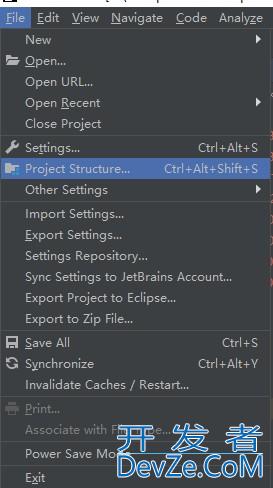
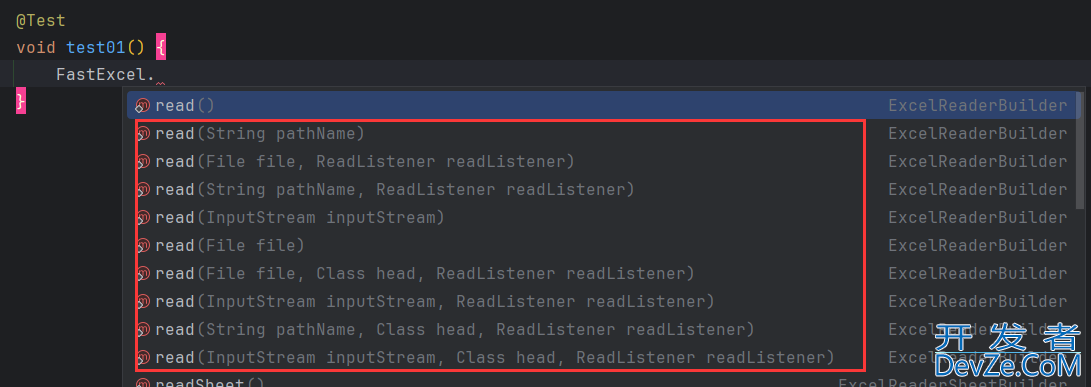
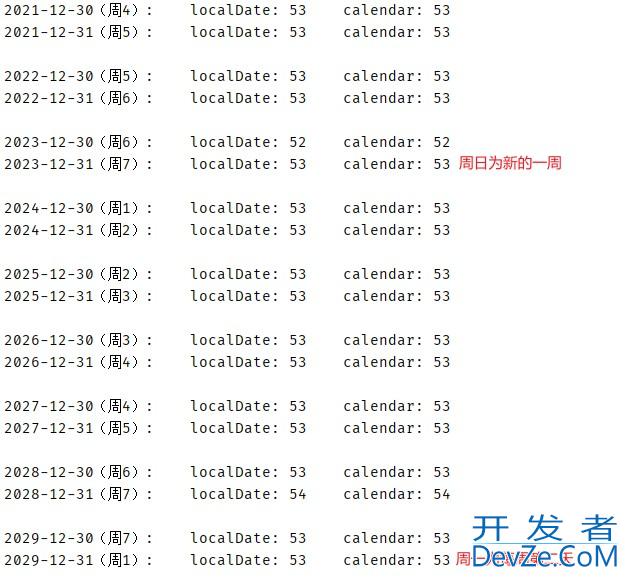
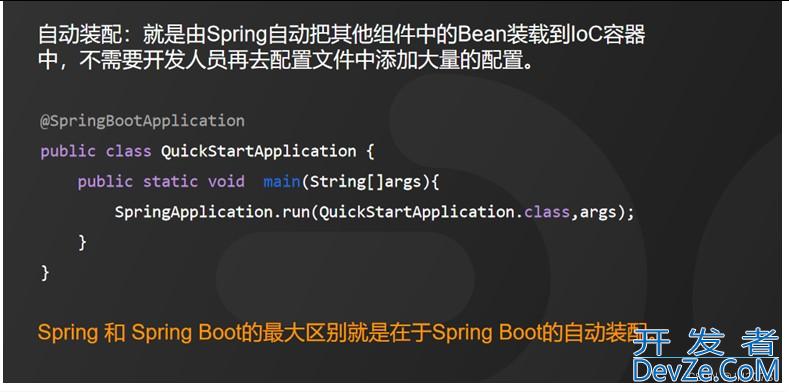
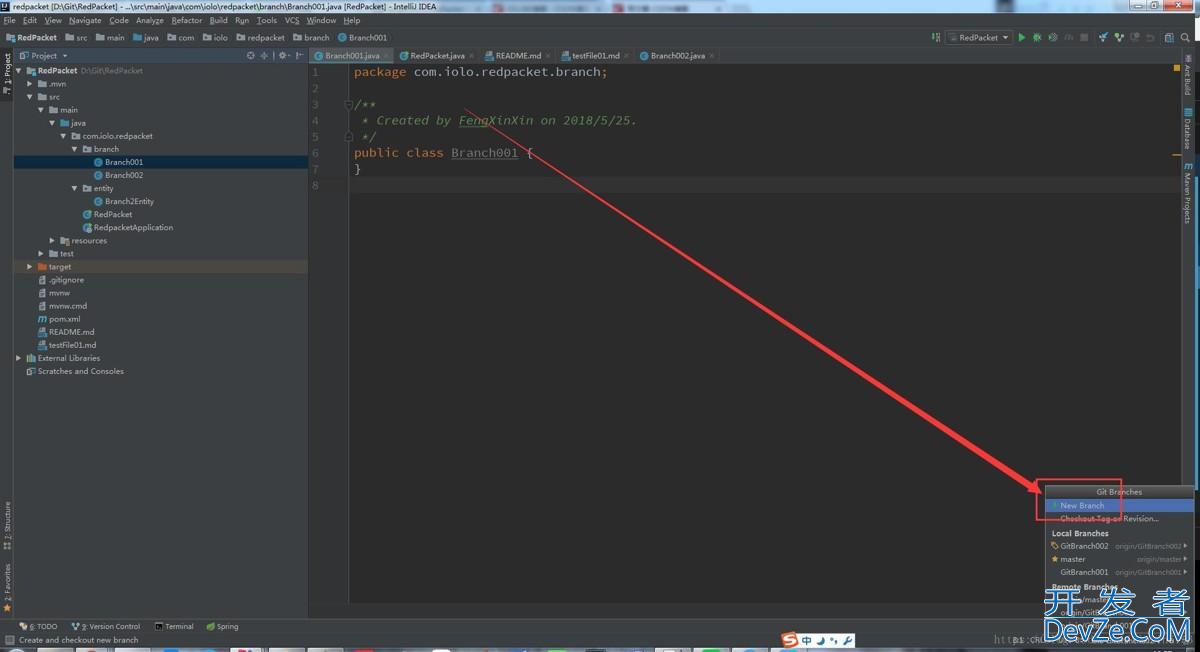
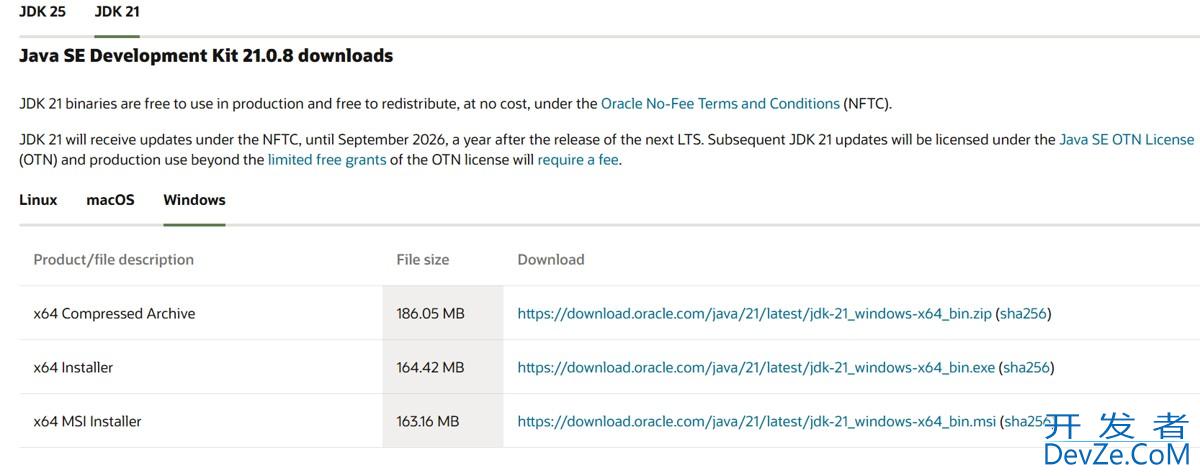
 加载中,请稍侯......
加载中,请稍侯......
精彩评论